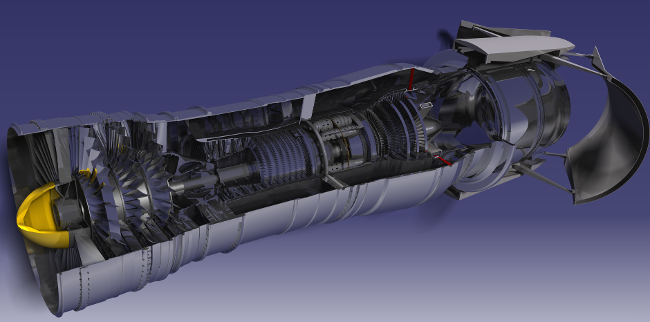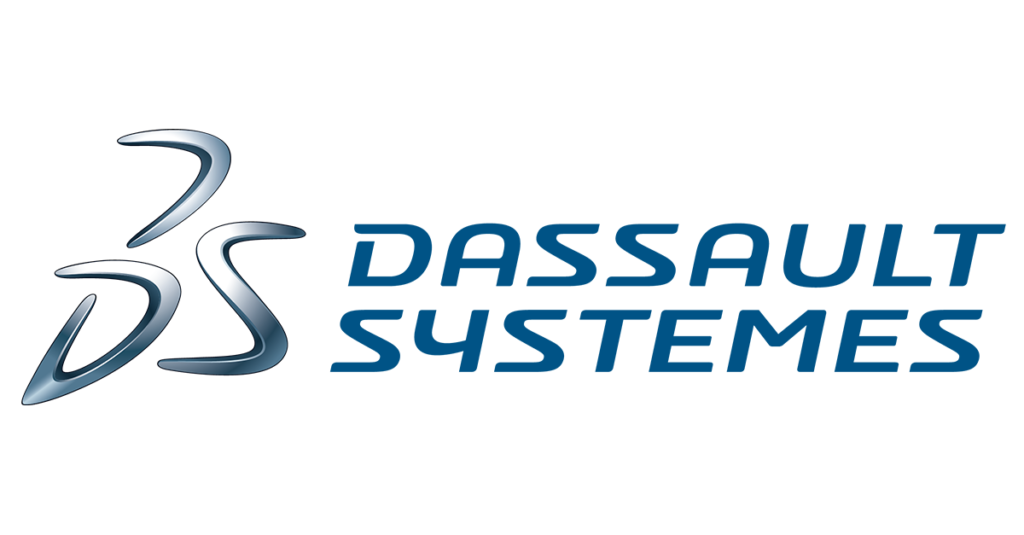
CATIA V5 is primarily CAD software for parametric and non-parametric modeling.
It is capable of working alongside products with different brands. CATIA V5 is modular,
customers can buy as much or as little functionality as required.
PAST

CATIA started as an in-house development in 1977 by French aircraft manufacturer Avions Marcel Dassault to provide 3D surface modeling and NC functions for the CADAM software they used at that time to develop the Mirage fighter jet. Initially named CATI (conception assistée tridimensionnelle interactive – French for interactive aided three-dimensional design ), it was renamed CATIA in 1981 when Dassault created the subsidiary Dassault Systèmes to develop and sell the software, under the management of its first CEO, Francis Bernard. Dassault Systèmes signed a non-exclusive distribution agreement with IBM, that was also selling CADAM for Lockheed since 1978. Version 1 was released in 1982 as an add-on for CADAM.
During the eighties, CATIA saw wider adoption in the aviation and military industries with users such as Boeing and General Dynamics Electric Boat Corp.
Dassault Systèmes purchased CADAM from IBM in 1992, and the next year CATIA CADAM was released. During the nineties, CATIA was ported first in 1996 from one to four Unix operating systems and was entirely rewritten for version 5 in 1998 to support Windows NT. In the years before 2000, this caused problems of incompatibility between versions that led to $6.1B in additional costs due to delays in the production of the Airbus A380.
With the launch of Dassault Systèmes 3DEXPERIENCE Platform in 2014, CATIA became available as a cloud version.
Present

Since it supports multiple stages of product development from conceptualization, design, and engineering to manufacturing, it is considered a CAD-software and is sometimes referred to as a 3D Product Lifecycle Management software suite. Like most of its competition, it facilitates collaborative engineering through an integrated cloud service and has support to be used across disciplines including surfacing & shape design, electrical, fluid, and electronic systems design, mechanical engineering, and systems engineering.
Future

Designed to operate on a PLM 2.0 platform, CATIA V6 is a 3D collaborative solution linking designers and non-CAD specialists. Note, that the CATIA Portfolio has been rebranded, with the latest V6 release now being referred to as CATIA 3DEXPERIENCE.
Usage
Automotive

Many automotive companies use CATIA to varying degrees, including BMW, Porsche, Daimler Chrysler, Audi, Volkswagen, Bentley Motors Limited, Volvo, Fiat, Benteler AG, PSA Peugeot Citroen, Renault, Toyota, Ford, Scania, Hyundai, Skoda Auto, Tesla Motors, Proton, Tata Motors, and Mahindra & Mahindra Limited. Goodyear makes tires for automotive and aerospace and uses a customized CATIA for its design and development. Many automotive companies use CATIA for car structures — door beams, IP supports, bumper beams, roof rails, side rails, and body components because CATIA is very good in surface creation and Computer representation of surfaces.
AEROSPACE

The Boeing Company used CATIA V3 to develop its 777 airliners and is currently using CATIA V5 for the 787 series aircraft. They have employed the full range of Dassault Systemes’ 3D PLM products CATIA, supplemented by Boeing-developed applications.
European aerospace giant Airbus has been using CATIA since 2001.
Canadian aircraft maker Bombardier Aerospace has done all of its design on CATIA.
Ship Building

Dassault Systems has begun serving shipbuilders with CATIA V5 release 8, which includes special features useful to shipbuilders. GD Electric Boat used CATIA to design the latest fast attack submarine class for the United States Navy, the Virginia class. Northrop Grumman Newport News also used CATIA to design the Gerald R. Ford class of supercarriers for the US Navy.
Industrial Positions on CATIA
- Design Engineer
- PDM Engineer
- PDM Manager
- CAD Engineer
- 3D Modular







